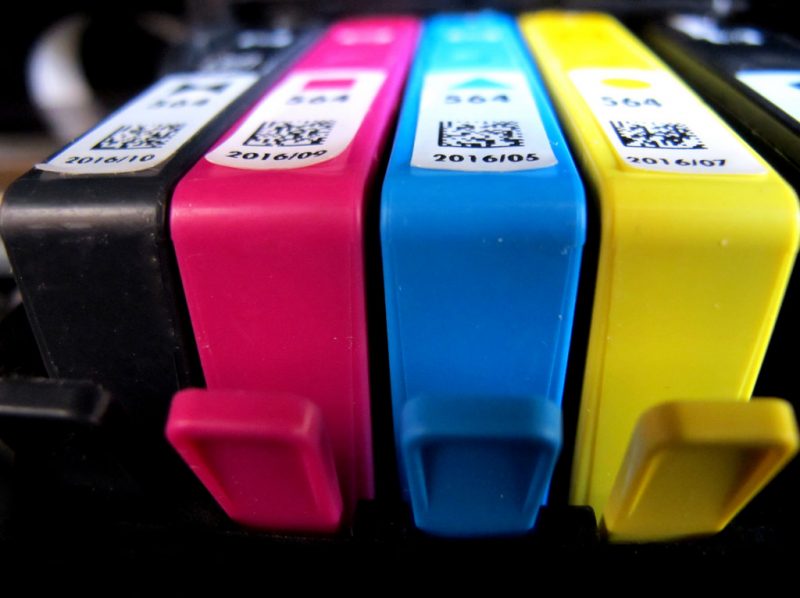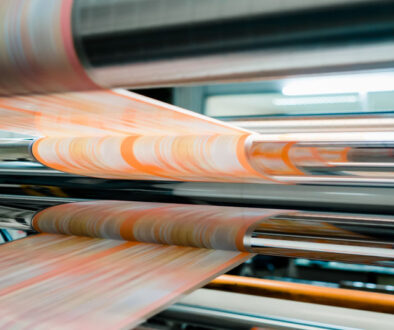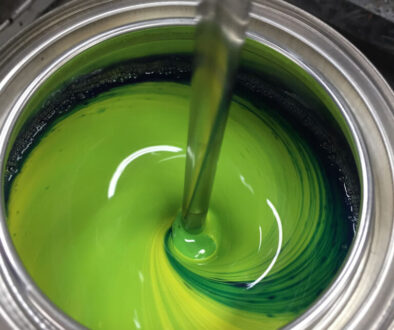An In-Depth Look at Printing Inks

Screen Printing Inks:
Perhaps the most versatile printing ink is screen printing ink. In order to understand screen printing ink, it is important to first comprehend the process behind screen printing. Screen printing is a technique in which mesh is used to transfer ink onto a substrate. A blocking stencil makes desired areas impermeable to the ink, so a design can be created. A blade or squeegee moves across the screen to fill the mesh openings with ink. The most popular mesh in current use is made of polyester. Screen printing is used to manufacture a number of textiles and there are several inks used in the process that comprise the category of screen printing inks.
Plastisol ink is one such ink. Plastisol ink appears opaque on dark fabric and the ink must be heated to dry because it doesn’t soak well into fibers.
Water based ink is also popular in the screen printing process, but can only be used on polyester and 100 percent cotton.
Low bleed ink is also commonly utilized, as it stops dye migration, a common problem in the world of screen printing.
High opacity ink is often used with medium or dark-toned fabric as it ensures the fabric is not transparent after the ink dries.
Process ink is used for detailed printing and athletic ink is used to athletic textiles, such as athletic uniforms.
Flexo Printing Inks:
Flexo printing inks, or flexographic inks, are inks transferred onto materials via the process of flexography. Flexography is a printing process which uses a flexible relief plate. Essentially, it is a modern letterpress that can be used to print on almost every surface. It is commonly used to print packing materials (cardboard boxes, corrugated cardboard, paper bags and plastic bags, food packaging, newspapers, catalogs) and is popular for its low cost and environmental friendliness. There are three primary types of flexographic ink: water based, solvent and UV curable.
Water based ink is a flexographic version of the aforementioned water based ink. Solvent ink is ink that adheres to non-absorbent materials, whereas UV curable ink toughens and hardens polymers.
Gravure Printing Inks:
Gravure printing is used when a sharp, detailed image is desired. With origins in the 17th century, gravure printing employs web presses equipped with a cylindrical plate that serves as the image carrier. Products created with gravure printing most often include: food packaging, wallpaper, wrapping paper, furniture laminates, paneling, greeting cards and magazines. There are a few inks used for gravure printing, all of them fluid with a low viscosity. The inks fall into two categories: solvent based and water based. Starting in the 1960’s toluene was used as an ink solvent in the gravure printing process, but because of the health and environmental risks associated with the element, there has been a recent return to water based inks, making them the most popular choice for the gravure method.


